Total Weight:
49.6 lbs (22.49 kg)
Battery Weight:
5.4 lbs (2.44 kg)
Motor Weight:
8.8 lbs (3.99 kg)
Frame Material:
Aluminum Alloy
Frame Sizes:
18.75 in (47.62 cm)20.75 in (52.7 cm)Geometry Measurements:
Small: 19" Seat Tube, 21.5" Reach, 31" Stand Over Height, 72" Length
Frame Types:
High-Step
Frame Colors:
Matte Black with Silver Accents
Frame Fork Details:
Rigid Aluminum Alloy, 9 mm Skewer with Quick Release
Frame Rear Details:
9 mm Axle with Bolts
Attachment Points:
Rear Rack Bosses, Fender Bosses
Gearing Details:
8
Speed 1x8 Shimano Alfine Internally Geared Hub SG S7000-8, 20TShifter Details:
Shimano Triggers on Right
Cranks:
FSA Metropolis Alloy 170 mm Crank Arms, 18T Chainring with Plastic Guard
Pedals:
Wellgo Alloy Platform, Cage Style
Headset:
VP Semi-Integrated, Three KCNC 10 mm Risers
Stem:
Syncros UC 3.0, Aluminum Alloy, 80 mm Length, 7° Rise
Handlebar:
Syncros UC 3.0, Aluminum Alloy, Flat, 25" Length
Brake Details:
Shimano BR-M447 Hydraulic Disc with 180 mm Front Rotor and 160 mm Rear Rotor, Shimano Two-Finger Levers with Adjustable Reach
Grips:
Syncros Brand, Bulging Rubber, Locking
Saddle:
Syncros Urban Solution 2.5
Seat Post:
Syncros UC 3.0, Aluminum Alloy
Seat Post Length:
300 mm
Seat Post Diameter:
31.6 mm
Rims:
ETRTO, Aluminum Alloy, Double Wall 622x21c, 32H, Stainless Reinforcement Eyeletts
Spokes:
Sapim Double Butted, Stainless Steel, 14 Gauge, Black
Tire Brand:
Continental E.CONTACT, 700 x 37c
Wheel Sizes:
28 in (71.12cm)Tire Details:
85 PSI Max, Reflective Branding Stripe, Safety Plus Puncture Protection
Tube Details:
Presta Valve
Accessories:
RackTime Curana D45 Rear Carry Rack with Spring Latch and Triple Bungee 25 kg (55 lb) Max Load, Paint Matched Light Weight Alloy Fenders, Integrated Eyc Busch & Müller Headlight, Integrated Busch & Müller Sr LED Rear Light on Fender, Adjustable Length Kickstand
Other:
Locking Removable Battery Pack, 1.7 lb 4 Amp Charger, KMC X9 Chain
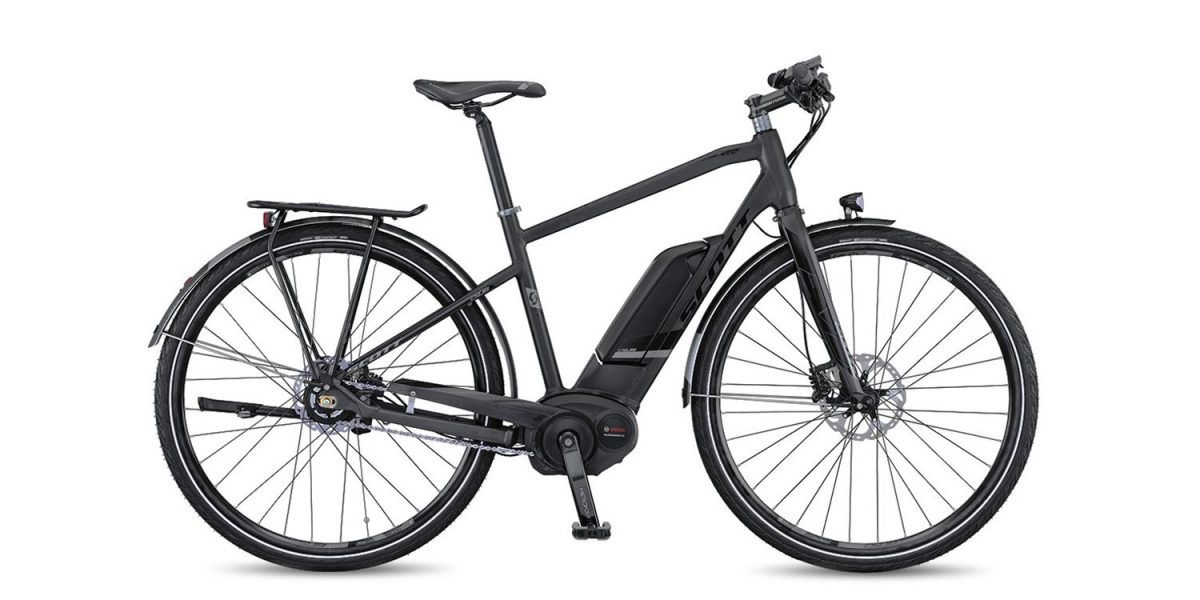







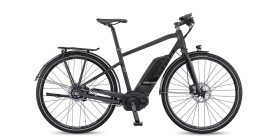
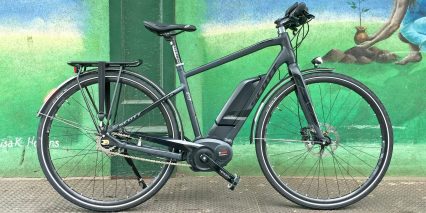
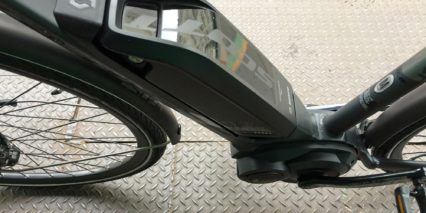
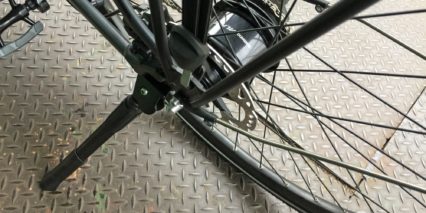



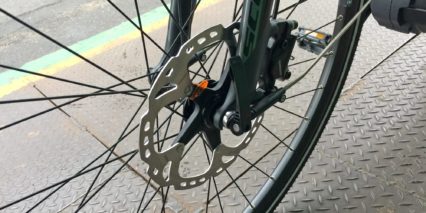

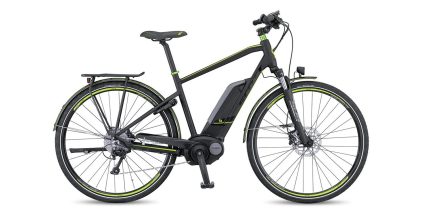
Joe
4 years agoHow do you remove the rear wheel to access the kick stand bolts? My bolts have come loose but you can’t reach them with a wrench because the internal hub blocks access. Do you have any advice?
ReplyCourt
4 years agoHmm, I’m looking at the picture in the review with the kickstand shown and it appears to have a bolt on it that could be unscrewed without removing the rear wheel. If for some reason you do need to remove the rear wheel, I think you can just use a wrench to remove the bolts that secure the axle on the sliding dropout… or take it to a bike shop and ask for some help if you don’t have the tools or are uncomfortable/unfamiliar with this sort of thing :)
Reply